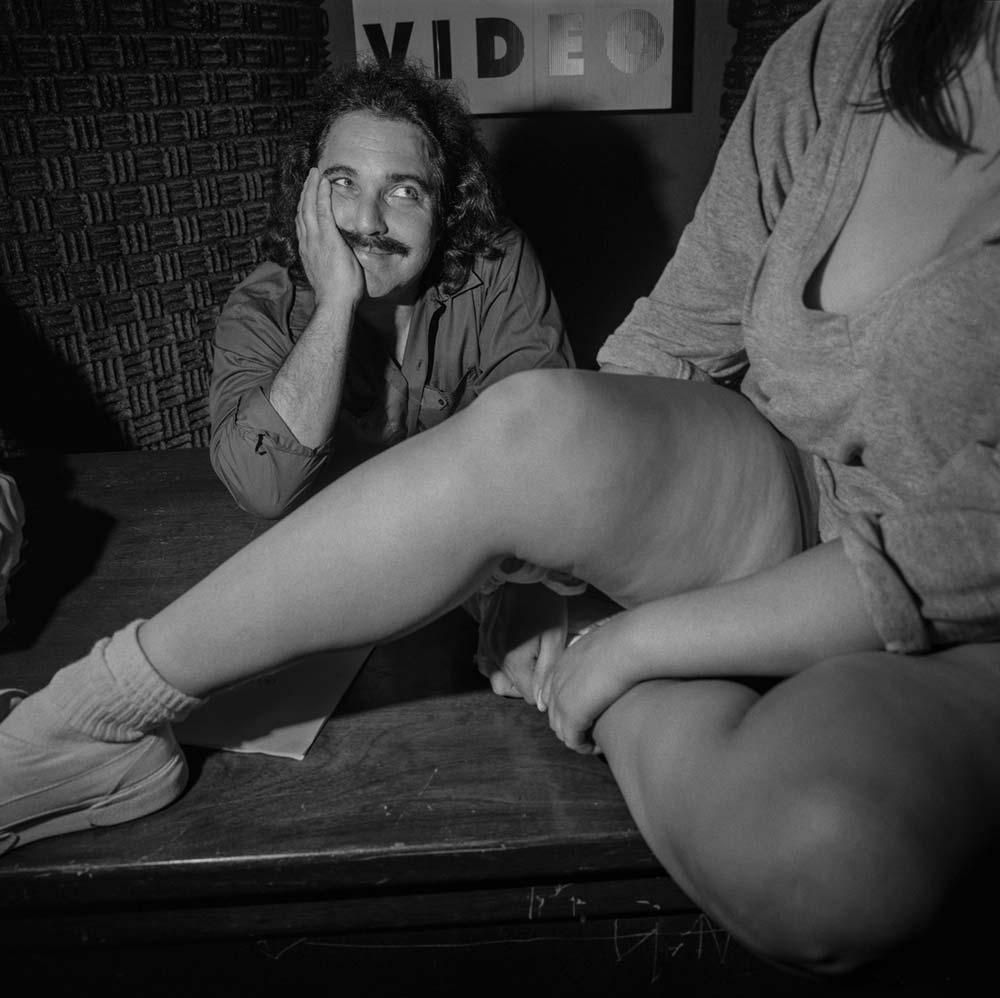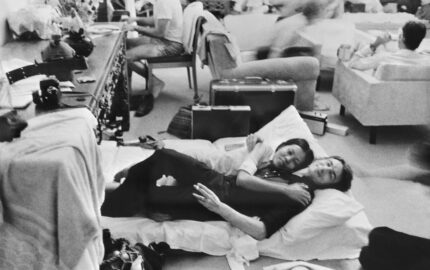“The Money Shot” is a story about the male porn industry in Los Angeles and the suicide of one of its stars. It made me appreciate how the craft of a good reporter can make a story relevant and understandable to her most unsuspecting reader, one as uninterested in the subject as I was. Susan Faludi’s piece is also a good example of how to write about abuses against people who usually don’t get any sympathy without giving in to any temptation to sensationalize or simplify. Her writing is particularly effective in transporting the reader to the scenes she describes. The piece is about crude facts but her writing has a poetic rhythm.
The Money Shot
By Susan Faludi
The New Yorker, Oct. 30, 1995
Excerpt
Behind an unmarked door lies a room the size and shabby complexion of a one-man private detective agency; dust-covered vertical blinds quiver in stale air circulated by a floor fan. A tired gray-blue carpet with a permanent crease down the middle is flanked by two chipped desks, each with an overflowing ashtray and a five-line phone, which blinks and rings ceaselessly from nine to six. The company sign with a blue-globe logo, has presided over the street for fourteen of the firm’s nineteen years, an exemplar of discreet advertisement from a more decorous time: “Figure Photography Films. Wanted: Figure Models for Immediate Placement. 986-4316. Suite 203.” The ad is for the World Modeling Talent Agency, central casting for the nation’s pornographic film, video, and magazine industries.
The agency has survived, in spite of the Old World gentility suggested by its sign, by accommodating the appetites of the ghost across the street. In a world where desire is packaged in videocassettes and marketed in malls, where self-worth is quantified by exposure, World Modeling has become the last-chance opportunity for a generation desperately seeking “immediate placement.” It is both the backstage door to the current American dream and an emergency-escape hatch for a capsizing American economy. Which is why World Modeling these days lures not just women but men. More men, in fact, than women. More men than this industry of feminine glamour can even begin to absorb.




